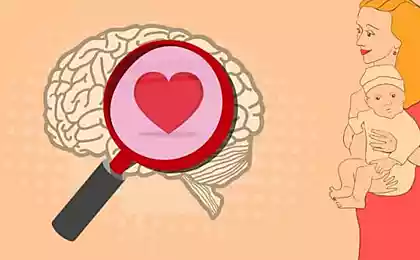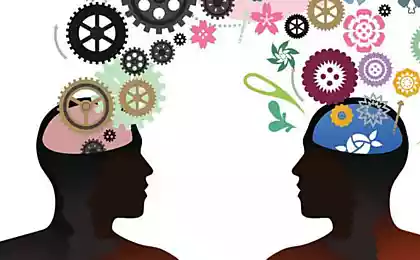256
5 Healthy Ways to Convince Someone to Do What You Think Is Right

Don’t manipulate or inflame conflict to convince someone to do what they want to do, there are healthier ways to do it.
Understanding and cooperation are key elements of successful relationships, whether in your personal life or at work. However, sometimes it is necessary to convince another person to make a decision or change their behavior. In such situations, it is important to act ethically and effectively, avoiding manipulation and conflict. In this article, we’ll look at five healthy ways to help you convince a person to do what you think is right.
1. Active hearing
Active listening is not just hearing the words of the interlocutor, but full attention to his thoughts and feelings. When you actively listen, you show respect and interest, which helps build trust.
Why is it important?
- Makes an emotional connection.
- It helps to better understand the other person’s point of view.
- Reduces the likelihood of misunderstandings and conflicts.
How to use active listening:
- Keep eye contact.
- Use nonverbal cues, such as nodding your head.
- Rephrase and clarify what you heard.
“Hearing is not just waiting for your turn to speak. It is an active process of understanding. – Dale Carnegie
2. Use of "I-statements"
Instead of blaming or criticizing, use self-statements to express your feelings and needs. This helps to avoid defensive reactions and promotes open dialogue.
Examples of "I-statements":
- “I feel anxious when we do not discuss important issues. ?
- “It is important for me that we make decisions together. ?
- “I appreciate your support and want us to work on it together.”
“I-speaks help you express your feelings without being attacked or blamed.” - Marilyn Mark.
3. Demonstrating empathy
Empathy is the ability to understand and share the feelings of another person. By showing empathy, you demonstrate that you care about the experiences and opinions of the interlocutor.
Why empathy is important:
- It builds trust and mutual understanding.
- It creates an atmosphere of respect and support.
- It promotes more open and honest communication.
How to show empathy:
- Recognize the other person’s feelings.
- Ask clarifying questions.
- Show that you understand his point of view.
Empathy is the ability to stand in another person’s place and feel what they feel. - Brene Brown.
4. Presentation of facts and logic
When you want to convince a person, it is important to back up your arguments with facts and logical arguments. This makes your opinion more convincing and reasonable.
Why this is effective:
- It strengthens your position.
- It helps to avoid emotional disputes.
- Increases trust in your words.
How to use facts and logic:
- Research the topic in advance.
- Use reliable sources of information.
- Structure your arguments consistently.
“Logic and empathy are the best tools for persuasion.” - Stephen Covey.
5. Creating mutually beneficial solutions
Find solutions that are beneficial to both parties. This helps avoid conflict and strengthens cooperation.
Why mutually beneficial solutions are important:
- Strengthen partnerships.
- They create a sense of justice and respect.
- Promote long-term cooperation.
How to find mutually beneficial solutions:
- Identify common goals and interests.
- Be prepared to compromise.
- Find creative ways to meet the needs of both parties.
“The best solutions are those that satisfy both parties.” - John Maxwell.
Conclusion
Persuading a person to do what you think is right can and should be done using healthy and ethical methods. Active listening, using self-statements, showing empathy, presenting facts and logic, and creating mutually beneficial solutions will help you achieve what you want without manipulation and conflict. These skills will not only improve your relationships with others, but also make you a more effective and respected person.
Persuasion is the art of reaching an agreement, not of imposing one’s will. - Carl Rogers.
Start using these techniques today and you will notice how your interactions will become more harmonious and productive. Remember that respect and understanding are the key to successful communication and strong relationships.
10 Reasons Why You Should Build a Friendship First and Only Then a Relationship
Gas and coal grills from GrillMaster: Buy high-quality equipment in the Dnieper























